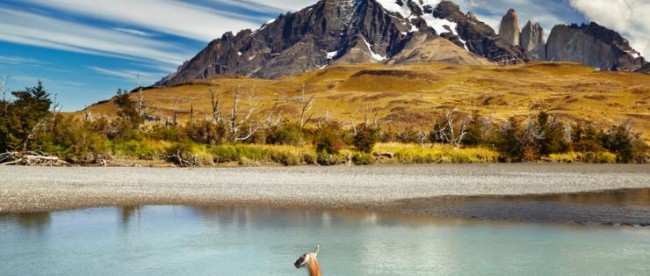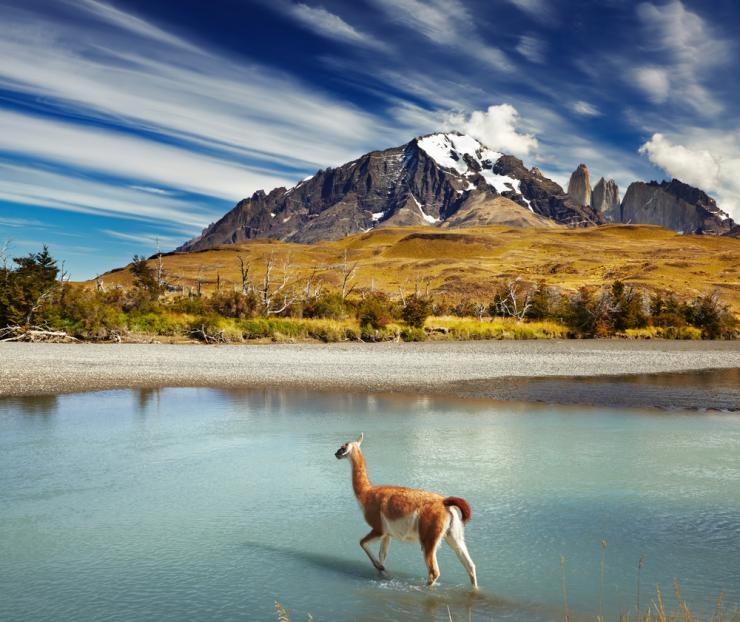A Lake with a Leak


The Northern Patagonian Ice Field is a massive, 1,600 square mile (4,200 km^2) remnant of a prehistoric ice sheet. Located in Chile, it is home to many glaciers, and in particular, one called the Colonia Glacier. The Colonia Glacier, itself, isn’t all that interesting, at least not for us laypeople. But it’s responsible for creating a body of water known as Lake Cachet II. Lake Cachet II doesn’t seem very interesting at first glance, either. It’s a lake which is so boring that not only does it not have its own name, it also doesn’t have a Wikipedia entry.
But that said, Lake Cachet II has some tricks up its sleeve. For example, on March 31, 2002, it disappeared — overnight. And not for the first time, or for that matter, for the last.
Now, it’s rare for bodies of water to just vanish — there are other examples (see the From the Archives story today for one), but those are usually due to a combination of drought mixed with people tapping into them too much. Those two factors can cause a slow, seemingly imperceptible (until it’s too late) draining of the body of water, sure; but it doesn’t happen suddenly. Lake Cachet II is different.
Glaciologists, per Newsweek, attributed the vanishing act to something called a “GLOF,” which stands for “glacial lake outburst flood.” Newsweek explains: “An increasing rate of melting at the Colonia Glacier swelled the lake so much so that the resulting water pressure gradually forced the creation of a tunnel beneath the surface of the adjacent ice and drained the lake.” Basically, warmer temperatures (in most GLOF situations, typically caused by climate change) melted the glacier a little bit too much, adding water to the lake — and making the lake too strong for the glacier to hold back its waters. Because the effect ends when the glacier is strong again, the lake returns back to its normal size in time — and then, the effect repeats itself. Again per Newsweek, Lake Cachet II went from full to near zero six times between 2008 and 2011.
This isn’t just a trivial quirk of nature, though, at least not for those who live by the rivers formed from the lake’s typical trickle. Suddenly overflowing rivers are incredibly destructive and can put lives in harm’s way. As Latin Times (via which the image above comes) reports, “the disappearance of the lake is so routine that locals have a system ready — they have an alert system that monitors the lakes and gives them eight hours to flee to higher grounds, as lake floods have caused mud tsunamis and destroyed homes.” Unfortunately, that’s not always enough. Over at Conde Nast Traveler, Ken Jennings notes that “other glacial lake floods in the region have unleashed mud tsunamis that have buried entire villages, leaving everyone homeless.”
Bonus fact: Montana has a glacier called “Grasshopper Glacier.” As Wikipedia explains, it is “named for the tens of millions of grasshoppers (locusts) that have been found entombed in the ice, some for hundreds and perhaps thousands of years .” Many of the species frozen inside are extinct.
From the Archives: Dis-sea-pearing: Now you sea it, now you don’t. (That’s not a typo.)
Related: A frozen grasshopper, kind of.
